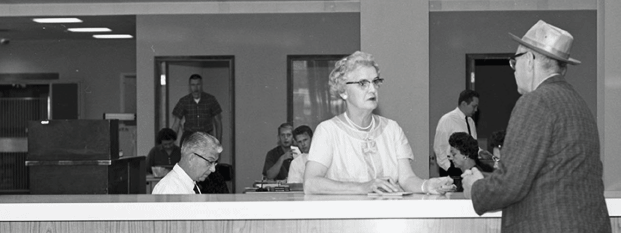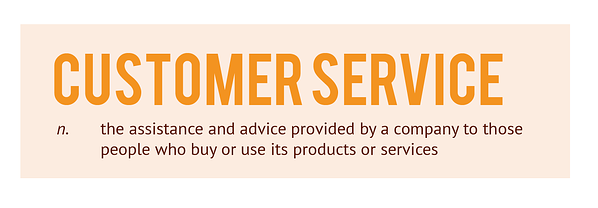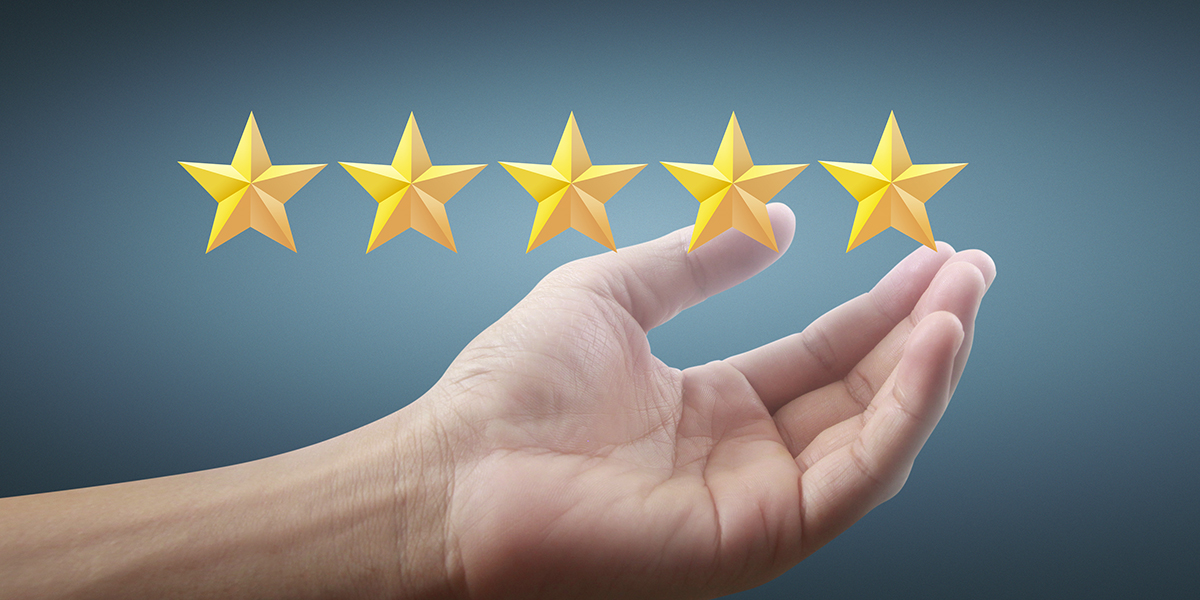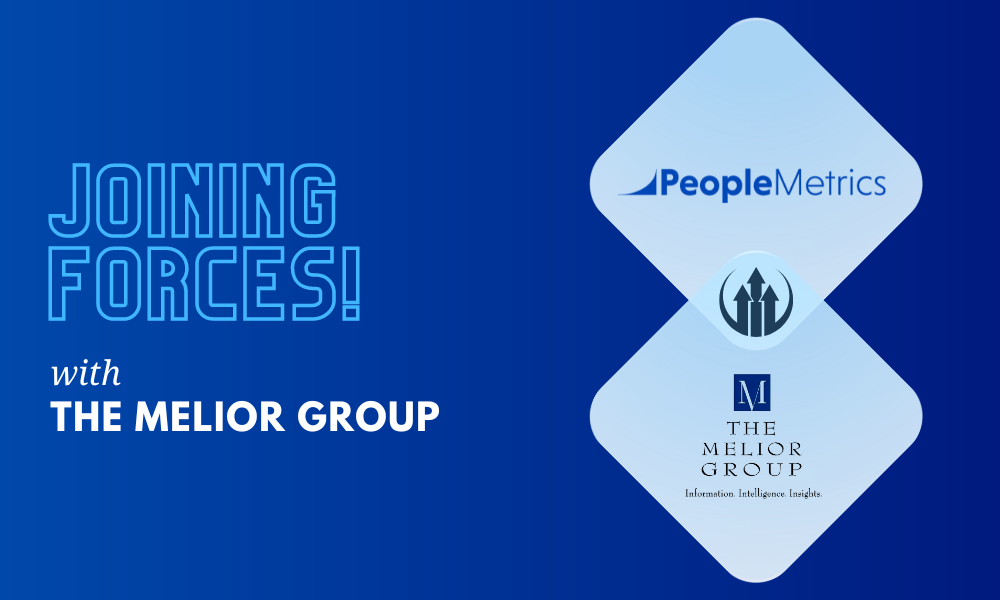
I recently sent out a pitch on HARO (Help A Reporter Out). If you haven’t gotten on the HARO bandwagon, you’re missing out. It is a fantastic network of news sources with journalists and expert opinions.
And everyone’s technically an expert in something. So pro-tip: you sign up, you benefit.
Last week I wrote on a bad customer service example in social media, "How To Disappoint Customers on Social Media: A Cautionary Twitter Tale" and was interested in exploring what customer centricity meant to some companies.
Anyway, I was on a mission to learn from the best of the best about all things customer-centric. I put out a simple question, how are you customer-centric?
And I waited for the floodgates to open – for the experts working in companies that exemplify customer centricity to share their best practices, stories, tips and pointers. For them to tell me how they had become the best.
What I discovered was that while lots of people talk a whole lot about customer centricity, most don’t understand what it means.
I had a bunch of stories about great customer service with references to customer experience thrown in for good measure but I was not getting any really clear advice on how to be customer-centric. I sat back and mused on this for a while. It seemed to me that this was because people really don’t know how to distinguish between customer centricity and customer service.
Let me explain through exploring a commonly (mis)held belief that I unearthed in my HARO wanderings.
"Our customers are satisfied with our service, so of course we’re customer-centric. Duh."
Let’s start with a definition. Customer service is: “the assistance and advice provided by a company to those people who buy or use its products or services.”

Good customer service is not akin to being customer-centric. The thing about customer service is that it is typically there – and used – when a customer has a problem. Your call center representatives are answering questions and resolving issues for customers who couldn’t get to a resolution on their own.
Perhaps your product doesn’t work, your bill is baffling, they can’t get the information they need from your online channels, so they turn to your 1-800 support number. Now, if you were really, truly, awesomely customer-centric – which by the way means, “placing the customer at the center of all of the company’s decisions” – it’s quite likely that your customers wouldn’t even need to know how good your customer service was – because they wouldn’t need it.
"So, where does that leave customer service?"
We can stop focusing on this touch point, right?
Wrong. For now, it's still pretty darn close the top of the priority list. And the reason that’s true is twofold:
1) Until you really get what it is to be customer-centric – when you are able to design and deliver end-to-end experiences that meet the needs of your target customers every time – they are still going to need to reach out for support. And in all our research, we’ve learned that the touch points that involve humans are the ones that can make, or break, the relationship
2) As self-service channels become more and more sophisticated, customers are going to reach out for support from a human only when the issue is particularly complex, critical, or involved. It is at these times that the emotional stakes are high – customers may love you for a lifetime or leave you for someone else. A decision driven largely by how you handle those tricky moments-of-truth.
"How do I make my company customer-centric?"
That is not to say, at all, that companies shouldn’t still have a BHAG (Big Hairy Audacious Goal) to be the most customer-centric culture in the world. But to get there you have to get the entire company on board, working together and foaming at the mouth to deliver exceptional customer experiences.
You have to commit to gathering and using customer feedback management to better understand your customers, and to make smart decisions based on that understanding. Smart decisions about everything you offer.
You have to change the corporate mindset.
Don't know where to start? Read our previous post "Creative Ideas to Gain Executive Attention and Empathy for Customers" to get some rock-solid ideas on how to start changing that corporate mindset.
If you get it, we want to talk to you.
By the way, in my HARO search, I did find an interesting organization to talk about called Company Folders. Check out our new post, where we'll use them as a real-life example: "The Best Way to Encourage Customer Trust from the Inside Out."
-Xand Griffin
Also, if you'd like to learn more about customer experience strategy and assess your knowledge of customer-centric cultures, then click the button below. Or contact us! We'd be happy to answer any questions or talk about your company's needs.





